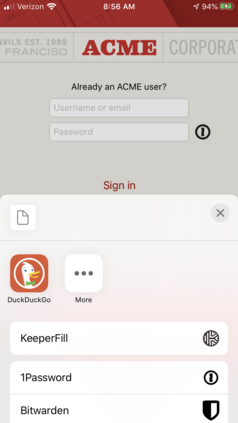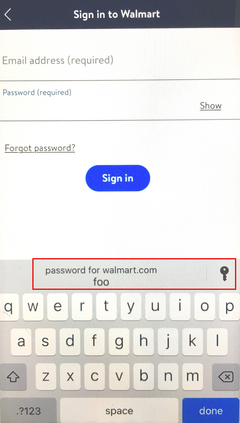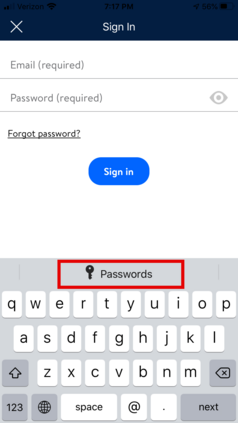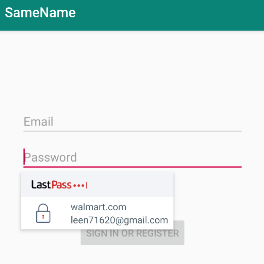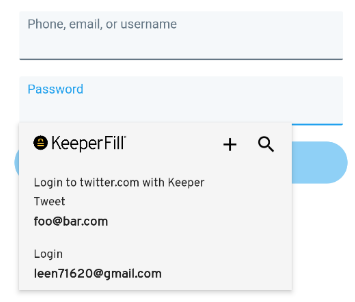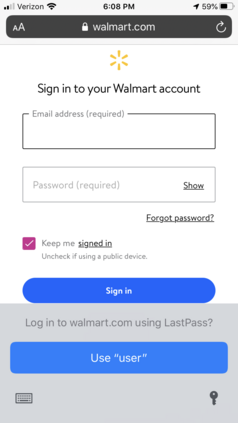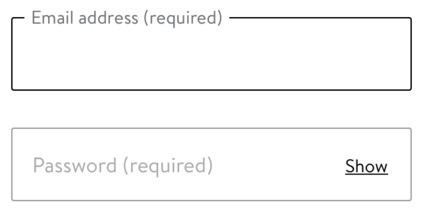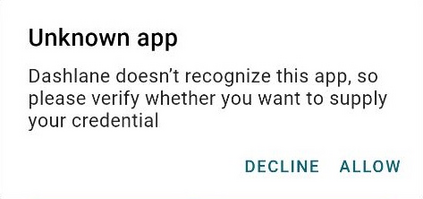Password managers help users more effectively manage their passwords, encouraging them to adopt stronger passwords across their many accounts. In contrast to desktop systems where password managers receive no system-level support, mobile operating systems provide autofill frameworks that are designed to integrate with password managers to provide secure and usable autofill for browsers and other apps installed on mobile devices. In this paper, we conduct the first holistic security evaluation of such frameworks on iOS and Android, examining whether they achieve substantive benefits over the ad-hoc desktop environment or become a problematic single point of failure. Our results find that while the frameworks address several common issues (e.g., requiring user interaction before autofill), they also enforce insecure behavior and fail to provide the password managers implemented using the frameworks with sufficient information to override this incorrect behavior. Within mobile browsers, this results in managers being less secure than their desktop counterparts. Within apps, incorrect handling of WebView controls leads to manager-assisted phishing attacks from malicious apps or domains, depending on how autofill is implemented. Based on our results, significant improvements are needed for mobile autofill frameworks and we conclude the paper with concrete recommendations for the design and implementation of more secure autofill frameworks.
翻译:密码管理员帮助用户更有效地管理密码,鼓励他们在许多账户中采用更强的密码。与密码管理员得不到系统一级支持的桌面系统相比,移动操作系统提供自动填充框架,目的是与密码管理员整合,为安装在移动设备上的浏览器和其他应用程序提供安全和可用的自动填充。在本文中,我们对iOS和Android上的这种框架进行第一次全面安全评价,检查它们是否在临时桌面环境中取得实质性好处,还是成为一个问题单一的失败点。我们的结果发现,虽然框架解决了一些共同的问题(例如,在自动填充之前需要用户互动),但它们也采取不安全行为,而且没有提供使用框架执行的密码管理员,并有足够的信息来推翻这种不正确的行为。在移动浏览器中,这导致管理人员比其桌面对应方更不安全。在应用程序中,错误处理Webew 控制导致管理者协助从恶意应用程序或域进行攻击,取决于如何实施自动填充。根据我们的结果,需要大幅改进移动自动填充框架,我们最后的文件需要为设计和实施更安全的自动填充框架提供具体的建议。

